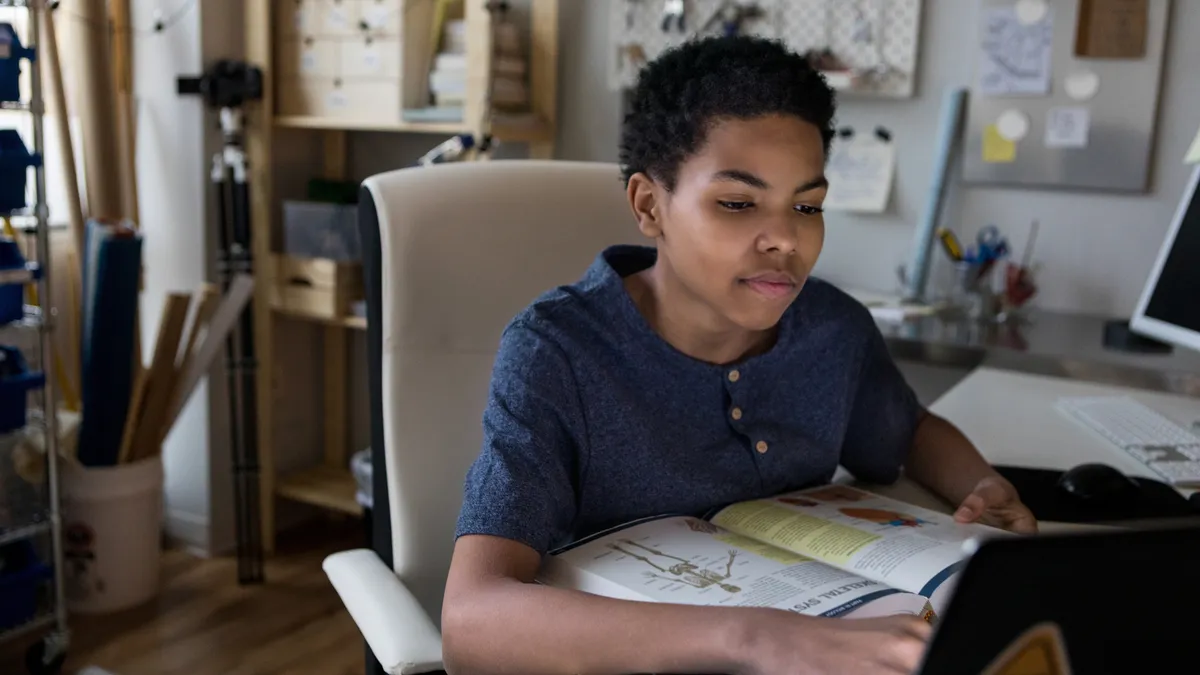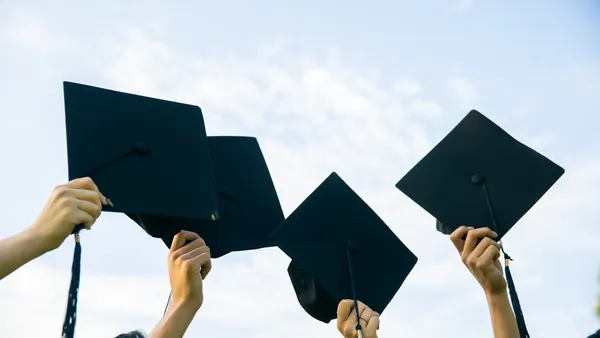Dive Brief:
- Students who clearly understand their learning goals in the classroom have a better chance of meeting them, Michael McDowell, superintendent of the California’s Ross School District, writes for Edutopia. Nevertheless, there are challenges educators must remain aware of along the way to ensure pupils not only know their learning goals but also reach them.
- For example, some students look for tasks they can follow and not just an explanation of objectives. Educators may want to show examples of what pupils can do to meet goals, as well as how to mirror the tasks, rather than writing bulleted rubrics. Teachers should also follow up with students through emails and check-ins to make certain they understand the goals.
- As students often learn from peers, teachers may want to ensure students know what proficiency looks like, whether through examples or by adopting the fishbowl technique. This can help mitigate children giving each other incorrect critiques, and help to assure learning goals are achieved, McDowell writes.
Dive Insight:
Educators depend on clearly defined learning targets, using them as guides for students, but these efforts have been hampered by the impact of COVID-19. Fully online and hybrid learning has upended the way teachers communicate with students, including helping them understand and meet their goals.
There are steps educators can take, however, to help define goals as clearly as possible and communicate them to students. One step is to make sure they’re writing targets in language that is student-centered, so goals are explained the way pupils think, according to the University of North Texas Teaching Commons.
Teachers also should ensure goals are measurable. In that way, students see what they’ll walk away with at the end of a lesson or project, writes the Center for Innovation in Teaching & Learning at the University of Illinois, which also provides examples of how educators can craft learning objectives.
Finally, teachers should be personable with students so they know they’re seen as individuals, which is helpful in building a community within the online classroom. When it comes to meeting objectives and goals, experts say students who have someone reach out to them across a computer screen, whether it's a peer or a teacher, will feel supported their learning.






 Dive Awards
Dive Awards






